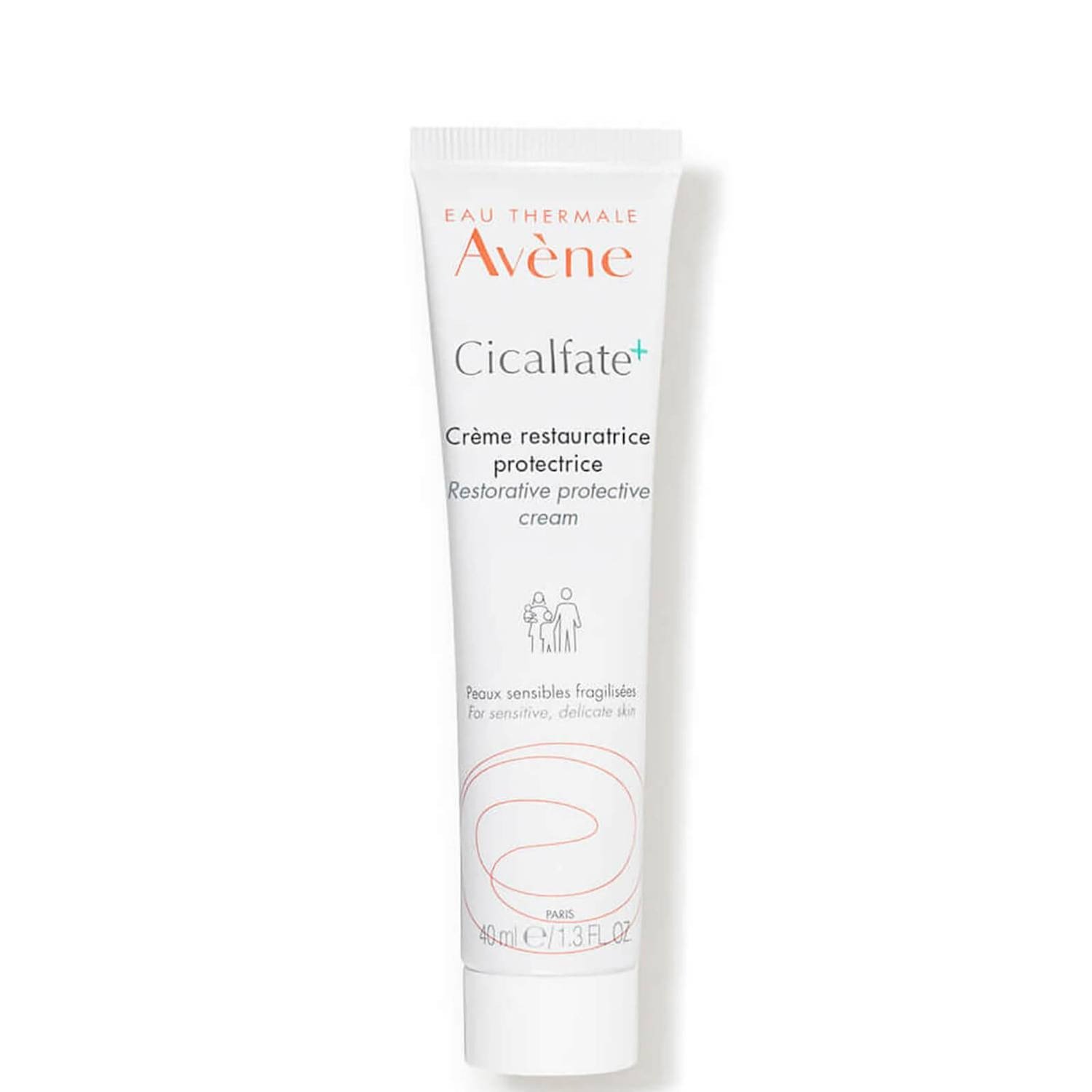The Retinoid Journey: A 5-Step Guide to Soothing Irritated Skin
Today, I'm going to share with you five essential steps to take if you've overdone your retinoid regimen. I'm Caolan, your trusted guide to achieving clear, bright skin, just as I've assisted countless readers of But More Importantly. It's essential to understand that if you haven't yet experienced Retinoid-induced irritation, chances are, you will. It's seemingly a key part of the retinoid journey, particularly in the initial six weeks. In fact, I'd assert that it's crucial to determine the threshold of your skin's tolerance - only then can you dial it back to the optimal retinoid strength for your skin.
Understanding the Causes of Retinoid Irritation
As time progresses, your skin's threshold will change. But the common denominators of retinoid irritation - the peeling chin around 4pm, the tight skin feel - are par for the course. There are three main mechanisms causing this. Firstly, the accelerated cell turnover which brings cells to the surface more quickly. Secondly, retinoids can spur the release of inflammatory proteins called cytokines. Lastly, retinoids may disrupt the adhesions between surface skin cells, causing them to separate. The result is redness, dryness, and scaling - and an unsuccessful attempt to apply makeup over an irritated chin.
Managing Retinoid Irritation: Your First Steps
There are, however, effective measures to manage and prevent this. The first step upon experiencing retinoid irritation is to stop, like you would with sunburn. The damage done to your skin's barrier makes it pointless to continue. You must then assess your routine critically. Did you use a retinoid that's too strong? Did you prematurely mix it with other active ingredients? Or did you include ingredients that increase irritation risk without any added benefit? If your routine includes a retinoid, essential oils, and fragrance, it's time for a reset.
Simplifying Your Skincare Routine for Maximum Benefit
Next, simplify your routine. Remove any offending items and incorporate a non-foaming, fragrance-free cleanser that supports barrier function. This should be combined with a barrier-enhancing moisturizer and a sunscreen suitable for sensitive skin, free of fragrance or other irritants.
For those with delicate skin, choosing mineral sunscreen is highly recommended. If your skin barrier is in need of repair, pause your retinoid application and adopt fundamental skincare measures. If insufficient, consider incorporating a barrier repairing mask or a superior moisturizer from brands like La Roche Posay with their Cicaplast and Avène with their Cicalfate. In cases of severe redness and inflammation, a mild steroid cream like 1% hydrocortisone cream can be used twice daily for 3-5 days to control the inflammation.
The Importance of Time in Healing Retinoid-Irritated Skin
The fourth step might not be appreciated but is critical - allowing time for healing. Your skin barrier won't be restored overnight, and it might take up to a fortnight for complete healing, especially if the skin has been severely affected. Patience is key; let your skin fully settle before resuming your retinoid.
Restarting Retinoid Use: Precautions and Measures to Take
The fifth step is to restart cautiously. Reflect on your retinoid use right before the issues began. Were you applying it too frequently? Did you stop using a moisturizing layer? Adjust by applying less frequently, using smaller retinoid amounts, and always buffer. Moisturizing before applying your retinoid can significantly improve the tolerance for your retinoid. My recent article on retinoid application can guide you on correct application techniques and avoiding irritation in areas like nose, eyes, and lips.
If these steps don't work, it might be time to reevaluate your product. You might be using a retinoid that's too potent for your skin. A simple solution could be to dilute the retinoid with moisturizer or move to a less potent product. Retinoid use is a marathon, not a sprint, and it's better to start gently and build up tolerance over time.
Hopefully, this plan will give you the confidence to navigate the possible issues in your retinoid journey. Remember, it's about acquiring the most benefits from this amazing group of ingredients and having the right tools like a simple skincare routine, appropriate hydrating mask, and barrier repair cream can help you continue your retinoid journey smoothly. If this guide on addressing retinoid issues is helpful to you, please share it with a friend who might find it useful. Our goal is to enhance your skincare experience and boost your confidence in your clear, radiant skin. Until next time.
About the Author: Caolan
With over a decade of international experience, Caolan's passion lies in simplifying the complex. His innovative thinking and audience-first approach have made significant impacts across the creative industries. Now, as the founder of But More Importantly, he applies these talents to the world of cosmetics, aiming to unmask marketing hype and provide readers with the truth about beauty products. His mission: to help you make informed choices and discover what truly enhances your beauty routine.

















